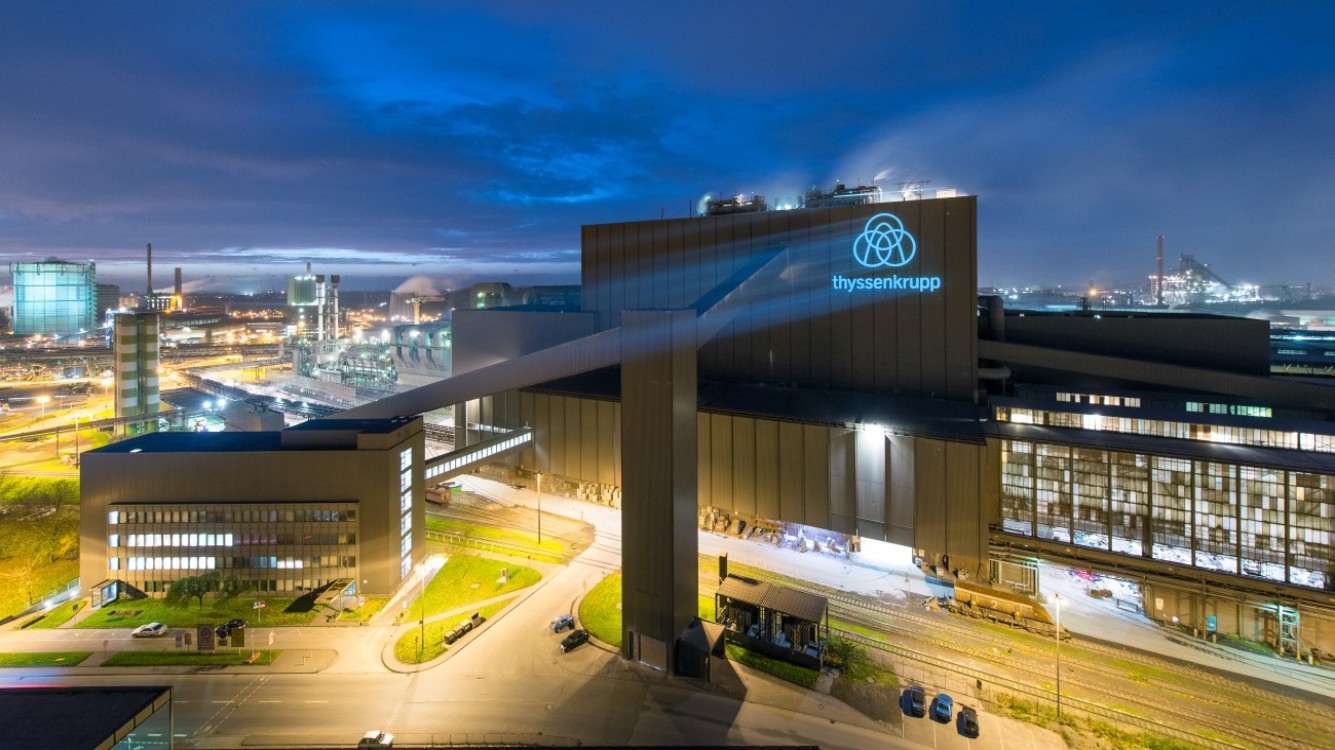 |
| Thyssenkrupp |
ArcelorMittal Duisburg has announced it will discontinue purchasing pig iron from Thyssenkrupp Steel after their current contract expires in September 2027. This decision is driven by high carbon costs associated with the supply chain, signaling the growing environmental pressures on the European steel industry, Kallanish reports.
Environmental Costs and Market Challenges
The termination reflects ArcelorMittal's efforts to mitigate the financial burden of CO₂ emissions costs, which continue to rise across Europe. The Duisburg facility, which produces wire rod, has faced additional challenges due to weak market conditions. To ensure continued operations, ArcelorMittal is exploring alternative supply options for its oxygen converter.
Historical Ties and Industry Struggles
The Duisburg plant, once owned by Thyssenkrupp, has relied on pig iron supplies from the company since 1997. Both firms are grappling with significant challenges. ArcelorMittal has delayed investments in green technologies, while Thyssenkrupp is reevaluating its decarbonization projects despite government funding commitments.
This decision, initially reported by the German newspaper FAZ, underscores the steel industry's urgent need for sustainable innovation and effective policies to offset the economic impact of environmental regulations.
Impact of CBAM on European Steel
The European steel industry's future hinges on tools like the Cross-Border Carbon Adjustment Mechanism (CBAM). CBAM aims to level the playing field for European manufacturers by imposing carbon tariffs on imports from countries with lax environmental standards. However, the GMK Center warns that expanding CBAM regulations could restructure global supply chains and weaken the competitiveness of non-EU economies, including Ukraine.
As CBAM regulations tighten and the demand for green steel grows, the European steel sector faces mounting pressure to innovate sustainably while navigating a complex regulatory landscape.

